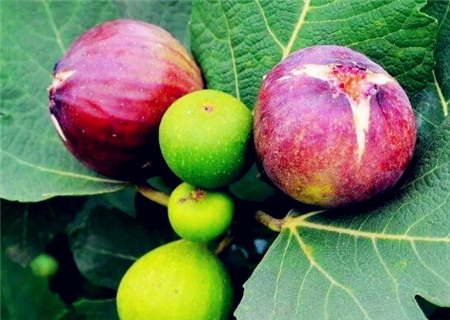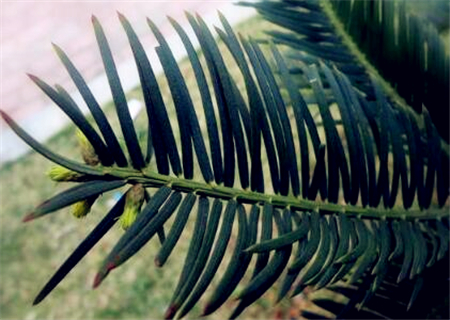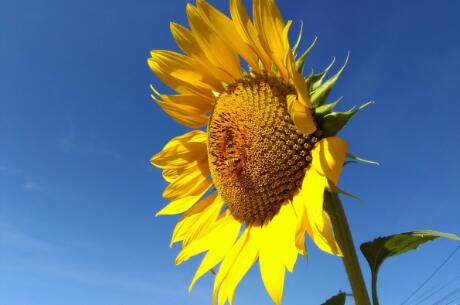How much does it cost to grow 20 mu of figs? What is the yield of one mu of land? Which variety is the best to grow?
Fig is a flowering plant, belonging to subtropical deciduous trees. At present, it is known that there are 800 varieties, most of them are evergreen varieties, and only those growing in temperate regions are deciduous varieties. So which variety is the best to grow? How much does it cost to grow 20 mu of figs? What is the yield of one mu of land?

Investment per mu of figs planted in the open air:
Investment in the current year: 1, land rent; 2, seedling fund; 3, land preparation and planting fee; 4, fertilizer; 5, drainage and irrigation; 6, loosening soil and weeding (generally intercropping); 7. The last four items are generally about one thousand yuan.
The following annual investment: 1, land rent; 2, fertilizer; 3, drainage and irrigation; 4, tending and weeding; 5, others. The last four items are generally about one thousand yuan. If you need to prevent the cold, depending on different areas, it should be increased by about 500 yuan.
What is the yield of figs per mu?
The fig has the advantages of early fruit, high yield and good economic benefit. Fig seedlings can also bear a large number of fruits in the nursery that year, which is one of the earliest fruit trees, which is very rare in fruit trees. The yield per mu can reach 300 kg in the same year. The investment can be recovered in two years. Enter the high yield period in 3-5 years, the yield per mu is about 3000 kg, and the output value per mu is 10000 Mu 30000 yuan.
Which variety of figs is the best?
1. * early yellow
* * Zaohuang is endemic to the south. It is a variety for summer and autumn fruit. In the country of origin * * Atushi summer fruit ripens in early July and autumn fruit ripens in mid-late August. This variety is not suitable for cultivation outside the south of the country.
The fruit is large, oblate and flat at both ends, with an average fruit weight of 53.3 grams and a maximum fruit weight of 69 grams. When fully matured, the skin is yellow with white oval fruit spots. The flesh is yellowish, the flesh is soft, sweet, and the quality is medium to high.
2. Qingpi
This variety has the advantages of medium-sized fruit, good quality and high yield, so it is an excellent variety for fresh food processing.
The fresh food processing quality is good, and the fruit is flat and inverted conical.
The fruit is green before ripening, yellowish green after ripening, the flesh is lavender, the fruit order is small, open, the fruit surface is smooth and does not crack, the rib is obvious, the pericarp toughness is bigger, the fruit juice is more, the sugar content is high, the summer and autumn fruit.
3. Blanc French varieties
The top of the fruit is indehiscent, the fruit is hollow, and the flesh is light pink. High sugar content, up to 18% Murray 20%, fine meat, sweet taste, excellent quality.
4. Jin Aofen (A212)
It is a variety for both summer and autumn fruit, mainly autumn fruit.
The pericarp is golden, shiny and waxy. The flesh is light and dense, with excellent fresh flavor and high quality.
The mature period is from late July to late October, and the suitable conditions can be extended to December. This variety is the best variety for fresh consumption, and the fruit leaves can also be used for processing.
5. Malia (A134)
Fruit used both in summer and autumn, oval or obconical
Zhengzhou, Henan Province began to mature in early August. When ripe, the pericarp is golden, thin and bright. The flesh is brown or light, slightly hollow, juicy, sweet, good flavor and good quality.
6. Bo Jihong (A132)
The fruit is used both in summer and autumn, mainly in autumn, with long oval or long conical fruit.
The flesh is slightly hollow, light red or red, sweet, juicy and of excellent quality.
7. Japanese purple fruit
It is the most popular red fig variety with the highest price in Japan.
The fruit is used both in summer and autumn, mainly in autumn. The mature pericarp is deep purplish red and thin, which is easy to produce sugar liquid overflow.
The flesh is bright red, dense, juicy, sweet and sour moderately, and the trace element selenium in fruits and leaves is the best of all the excellent varieties. With excellent quality, it is an excellent variety of both fresh food and processing, which is the most popular at home and abroad and has a broad market prospect.
8. Zhongnonghong (B110)
Both summer and autumn fruit varieties.
The flesh is red, juicy, sweet and of excellent quality.
9. Maxiyi Tao Fen
Maisituofen (also known as Maisi Taufen) originated in California and was introduced into China from Japan.
The spring fruit takes 50-60 days from hanging to ripening, the fruit is long oval, the single fruit weighs 100-150 grams, the maximum can reach 200 grams; the summer fruit needs 60-70 days from hanging to ripening, the autumn fruit needs 70-90 days, the neck is short, is inverted conical or oblate, and the single fruit weighs 60-120 grams. The pericarp is thin and tough, the skin color is purplish red to brown, the flesh is peach red, the meat is coarse and crisp, the sugar content is high, and the quality is above average.
About 70% of the fruits of the mature trees from the variety to the full fruiting stage mature from August to September.
10. Zhongnong Hanyou (A1213)
The peel is thin, the surface is delicate, yellowish green or shiny, and the appearance is beautiful.
The flesh is bright pink, juicy, sweet and of excellent quality.
Time: 2019-03-15 Click:
- Prev

The wild plant Cephalotaxus chinensis costs 120000 US dollars per jin. How do farmers grow it? When will it be ready to plant? Different from the yew.
At a time when there are no more special treatments for cancer, Cephalotaxus is even more precious, with a price of US $240000 per kilogram on the international market. So how do farmers grow it? When will it be ready to plant? What's the difference between yew and yew?
- Next

How much sunflower planting area is there in 2018? Will sunflower prices rise in the second half of the year?
As the domestic sunflower seed market has been depressed in the past two years, most farmers planting sunflower seeds are in a state of loss. How much sunflower planting area will there be in 2018? Will sunflower prices rise in the second half of the year? In 2017, the planting area of sunflower in China is about 8 million mu
Related
- Fuxing push coffee new agricultural production and marketing class: lack of small-scale processing plants
- Jujube rice field leisure farm deep ploughing Yilan for five years to create a space for organic food and play
- Nongyu Farm-A trial of organic papaya for brave women with advanced technology
- Four points for attention in the prevention and control of diseases and insect pests of edible fungi
- How to add nutrient solution to Edible Fungi
- Is there any good way to control edible fungus mites?
- Open Inoculation Technology of Edible Fungi
- Is there any clever way to use fertilizer for edible fungus in winter?
- What agents are used to kill the pathogens of edible fungi in the mushroom shed?
- Rapid drying of Edible Fungi

